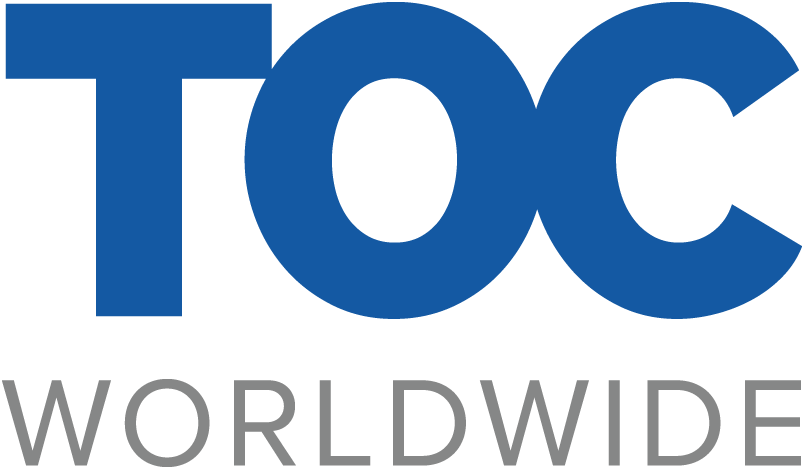1. Accelerate the deployment of private wireless and edge compute
While industrial Wi-Fi serves great purposes in connecting yard assets and providing basic connectivity for communications, it has fundamental drawbacks in coverage, latency, security and reliability that hinder digital transformation. When it comes to automating machines or mobilizing robots such as AGVs and AMRs, private wireless trumps industrial Wi-Fi. Our manufacturing customer in Turkey saw a 25 percent performance improvement in its 38 AGVs on private wireless, in comparison to Wi-Fi.
To take advantage of enhanced capabilities such as low latency and real-time analytics, port operators should consider adopting edge compute and streamline application connectivity.
2. Explore digital twins
Digital twin applications are still in an experimental phase. Some industrial enterprises have already adopted digital twins to simulate key processes and collect real-time insights. A digital twin is the ideal solution to fully automate yard and processes and ensure worker safety. The deployment of digital twins across an enterprise’s full operational environment can pave the way to the industrial metaverse.
3. Drive sustainability with technology
Energy consumption in private wireless is reduced of up to 84 percent in comparison with industrial Wi-Fi, thanks to a drastic reduction of the number of access points. Streamlining ship-to-shore communications using private wireless, radio, satellite and microwave technologies would reduce idle time for ship anchorage, thereby mitigating impacts on the surrounding environment, air quality and water quality.
To learn more about how to build a smarter and more automated port, visit www.nokia.com/networks/industries/maritime/
